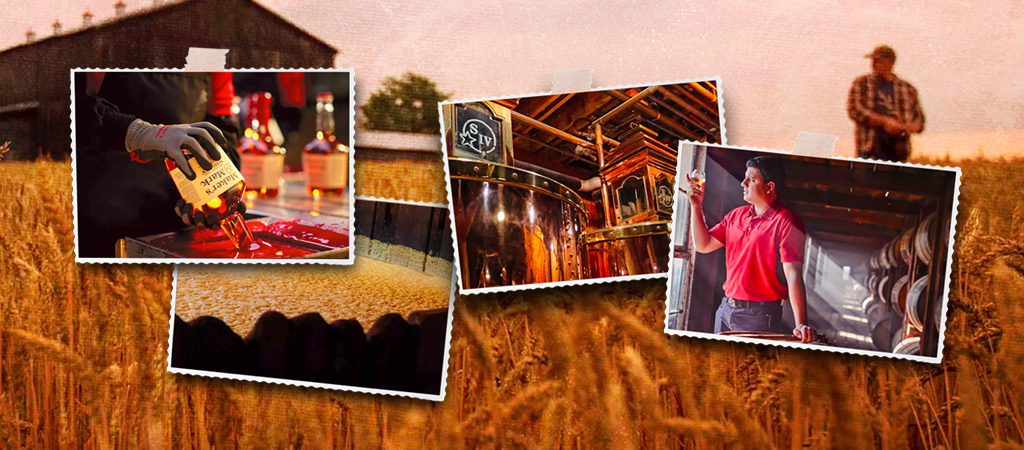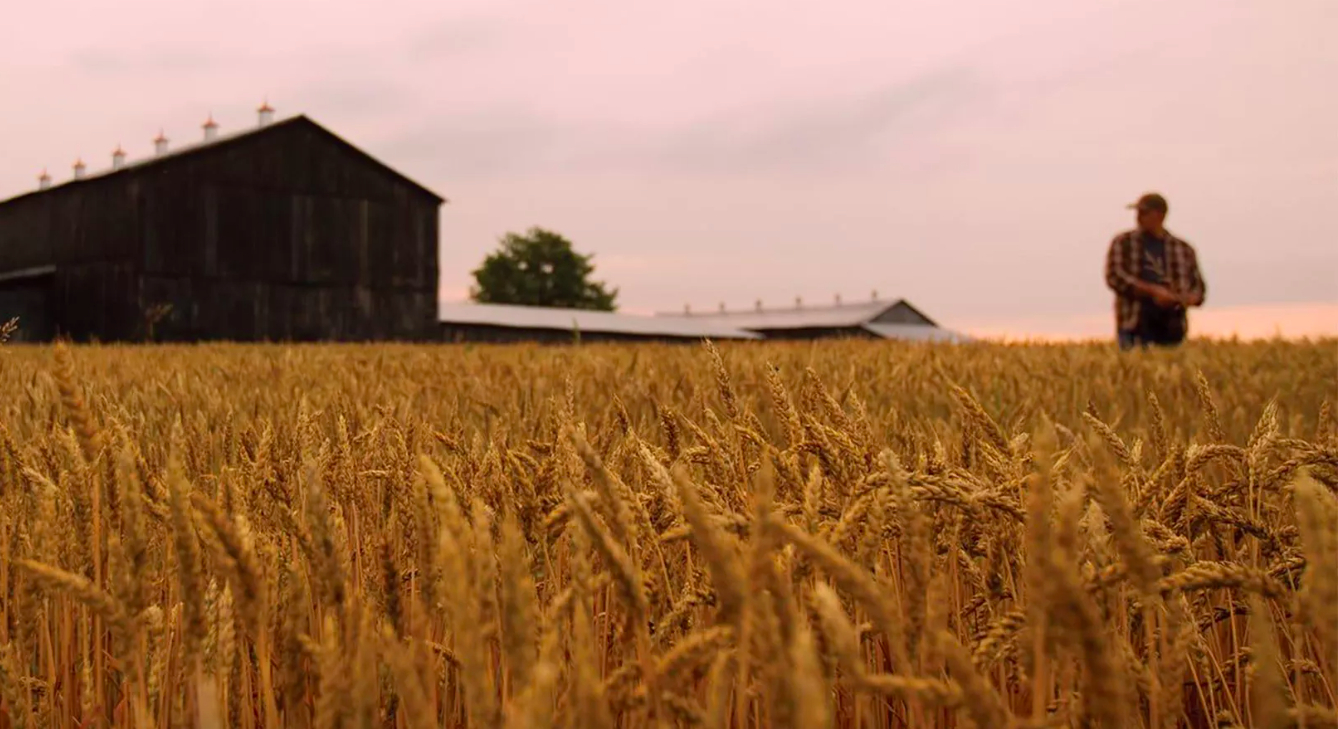
Maker’s Mark does one thing and they do it freakin’ perfectly. That one “thing” is a single wheated bourbon mash bill (recipe) for all of their bourbon expressions. Unlike the vast majority of whiskey distillers, Maker’s Mark only makes one bourbon recipe, whereas most other distillers also make not only other bourbon styles but also rye whiskey, American single malt, and various other styles of American whiskey.
So what is Maker’s Mark Wheated Bourbon mash bill exactly? Let’s dig in!
Wheated bourbon is nothing new. It’s the cornerstone of huge brands like Pappy Van Winkle, W.L. Weller, Old Fitzgerald, Larceny, Green River, and a ton of crafty brands from all over the country. But all of those brands come from distillers who also make everything else in the whiskey sphere. Maker’s Mark does not. They have one mash bill for their wheated bourbon. They don’t need to make anything else. They’ve dialed it in and are making hay while the sun shines.
The actual recipe goes back to Maker’s Mark founder Bill Samuels Sr. and his wife Margie Samuels (one of the most important women in Kentucky bourbon’s history), when they bought the old Burk’s Distillery in Loretto, Kentucky back in the fall of 1953. Bill Sr. and Margie Samuels reformatted the whiskey being made at the old distillery by baking bread to come up with their mash bill. They wanted something that was truly theirs and one-of-a-kind in the Kentucky bourbon scene.
They landed on a recipe that utilized Red Winter wheat as the core of their wheated bourbon. And while wheated bourbons were being made for a couple of decades (most notably at the Stitzel-Weller Distillery in Louisville, Kentucky), this new red winter wheat bourbon mash bill was 100% their own. So while Margie devised the art and media for the brand including the iconic red wax dip, Bill Sr. got busy mashing and distilling a brand-new Kentucky bourbon.
Fast-forward to the present day and Maker’s Mark is one of the most iconic Kentucky bourbons on the planet. That’s thanks in part to Bill Sr.’s mash bill, Margie Samuels’ deft eye for artistic marketing, and their son Bill Samuels, Jr.’s pioneering of global brand ambassadorship and influencing over the back half of the 20th century while also keeping his parents’ dream of a premier bourbon alive.

The actual mash bill is not made public anymore by Beam Suntory. But we all know it from historical records — it’s 70% distiller’s grade corn, 16% Red Winter wheat, and 14% malted barley. Those grains are milled on-site at the Loretto Distillery today. Once milled, the grains are mixed with local water from reservoirs and gently cooked, allowing the sugars to surface from the grains and become available to the yeast for fermentation in the next stage.
That mash is then filled into ancient cypress wood fermenting tanks (and newer stainless steel ones) and Maker’s Mark’s own yeast (also refined by Bill Samuels, Sr. back in the 1950s) to start the process of turning those sugars into alcohol. Since the tanks are all open to the air, there’s that little bit of local terroir in the mix too, thanks to wild yeasts from the air playing with the mash.
No one else is making this exact whiskey. That’s the point here.
After a few days of fermentation, the mash is then distilled but… we’re not here to get into all of that. This is about the mash bill! And that mash bill of Red Winter wheat adds a bite to it that’s closer to a fresh loaf of sourdough bread than, say, a soft buttermilk biscuit (which is more what a white wheat would give you). The richness is then made available via the distillate to the wood sugars during aging, which then become more pronounced as sweetgrass, sharp spice barks, and bread crusts with a mellow floral vibe from the yeast creating a brilliant balance in the end product.

That end product is one thing: Maker’s Mark Kentucky Straight Bourbon Whisky. As I mentioned above, that’s all that Maker’s Mark makes, full stop. You should sense a “but” coming.
But… Maker’s Mark plays around with their one bourbon produced from one mashbill quite a bit. There are cask-strength versions, special blends, and a stave finishing program that’s second to none. To make a very long story short, Maker’s Mark uses stave finishing for several of their special releases wherein they add wood staves to a finishing barrel — each with different wood sugars available to give unique profile notes to the final whisky.
Again, that’s how Maker’s Mark is aged and not the mash bill. Still, the chemical compounds that are created in Maker’s unique mash bill are what help those wood sugars express themselves. So it’s all just as important.
In the end, Maker’s Mark is a Red Winter wheat bourbon. That’s the key takeaway from the mash bill and what makes this Kentucky bourbon one-of-a-kind. It’s also a great candidate for making Manhattans in case you’re looking for a good cocktail bourbon to have on your bar cart… but that’s a story for another day.
